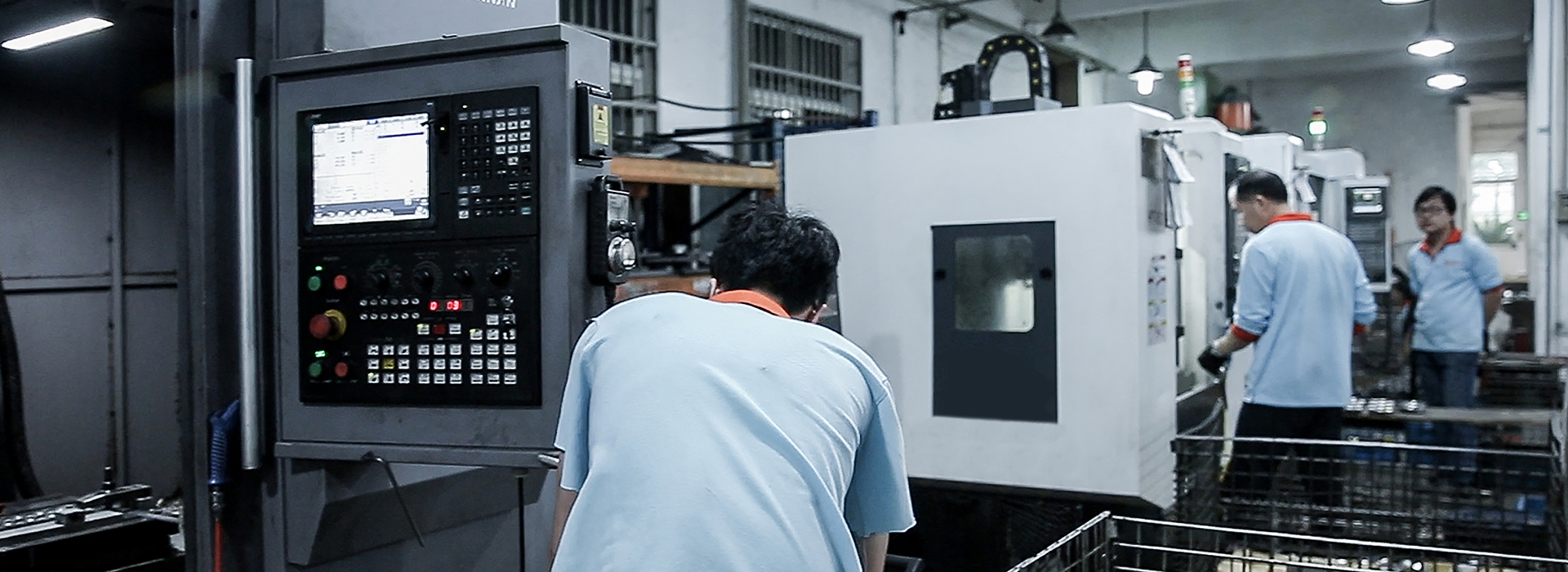
The influence of foam pattern density on castings:
1.The influence of high-density appearance on castings: The filling process of lost foam casting is that the foam pattern in the cavity is softened, collapsed, melted decomposed under the heat of the front of the flowing molten metal, the liquid products gaseous products (including the air in the beads) are produced. After the metal foam pattern interface reaches the metal/paint/foam pattern, metal/paint interface, the paint enters the molding sand is discharged through a series of complex heat mass transfer processes (including secondary decomposition condensation). The raw material of the model is mainly foam plastic, which is made of synthetic resin as the base material. No matter what kind of material, there is a certain amount of carbon. In the filling process of lost foam casting, the pyrolysis of the foam pattern is an endothermic reaction. If the density of the pattern is too high in this process, it will inevitably absorb a large amount of heat in the molten iron (steel), causing the pattern to vaporize decompose. Thoroughly, the casting produces wrinkles carbon defects.
2. The influence of low density appearance on castings: Low-density patterns mainly cause large shrinkage easy deformation of the pattern, resulting in inconsistent casting dimensions with drawings insufficient machining allowance. When the density of pre-expanded beads is low, the appearance is easy to shape.
3.The influence of step density on castings:
The density of the foam-like material (±1g/l) has little influence on the flow pattern, while its density gradient has a greater influence on the flow pattern.
(1)When the density step is large: the white area is easy to form, the formed shape is easy to deform.
(2)When the density step is large: the decomposition gasification speed of the pattern is different during the pouring process, which is easy to produce local carbon defects uneven carbon distribution of the castings, resulting in the castings being scrapped.

Control of foam pattern density:
1.Understanding of pre-release density:
For example: STMMA-2# material, we suggest a specific gravity of 19~21g/l, to say that the pre-develop density of any casting should be controlled within this range; the pre-delivery density should be selected reasonably according to the structure of different castings the wall thickness of different castings The upper lower limits, sometimes such as thick large parts when lifting mold feeding, the pre-expansion density is even lower. For EPS beads: when the thinnest wall thickness of the casting is ≥7mm, the density of the beads cannot be higher than 20g/l;
2.Quality requirements:
No matter what kind of beads are used, ensure that the pre-released beads are smooth moisturized. The pre-released beads are of uniform size small density fluctuations. The density of the produced shape must be basically the same everywhere; in general, the appearance The mass ratio to the casting is about 1:300 (generally determined according to the size of the casting, wall thickness, bead specifications bead material).
3.Control of relative density of steps: We require a relative density step of ±1g/L on the same appearance. To control this technical index well, we must first conduct in-depth research analysis on the mold the feeding system method; first, consider the mold air lock The size position of the hole, then consider the position number of the feeding port, finally the feeding system feeding method. Finally, we need to control the impact of human factors well.